Whether you’re making an eggless chocolate cake with cocoa or some other eggless dish, these tips ensure you have a smooth and fluffy texture.

If you’ve ever tried baking without eggs and ended up with dense or gummy results, you’re not alone. Achieving a fluffy, airy texture in eggless baking can be tricky, but it’s absolutely possible with the right techniques and ingredients. Whether you're making cookies, muffins, or a classic eggless chocolate cake with cocoa, understanding how to mimic the structure and lift that eggs provide is essential for success. Eggs traditionally help with leavening, binding, and moisture retention. When you remove them, you must rely on strategic substitutions and smart mixing methods. Fortunately, bakers have developed a toolbox of alternatives and tricks that produce consistently fluffy results.
Before replacing eggs, it helps to understand what they do. Eggs in baking primarily serve three functions:
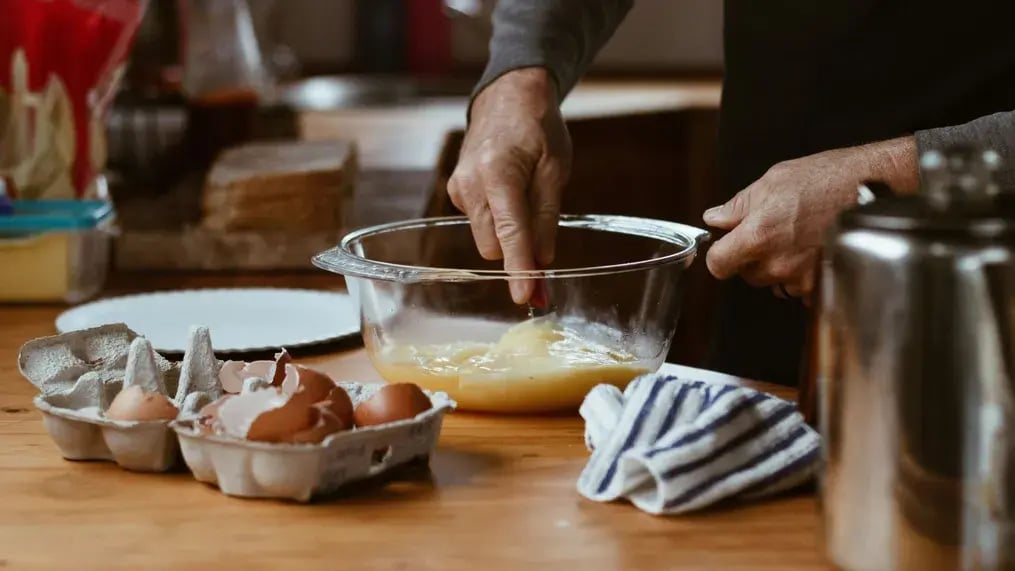
- Leavening: Beaten eggs trap air that expands in the oven
- Binding: They hold ingredients together and give structure
- Moisture and richness: Egg yolks add fat and flavor, while whites help with dryness
In eggless baking, no single ingredient can perfectly replicate all these roles. That’s why most successful recipes use a combination of ingredients to mimic eggs’ effects.
Egg substitutes
Depending on the recipe, different egg substitutes offer different benefits. Here are some reliable options:
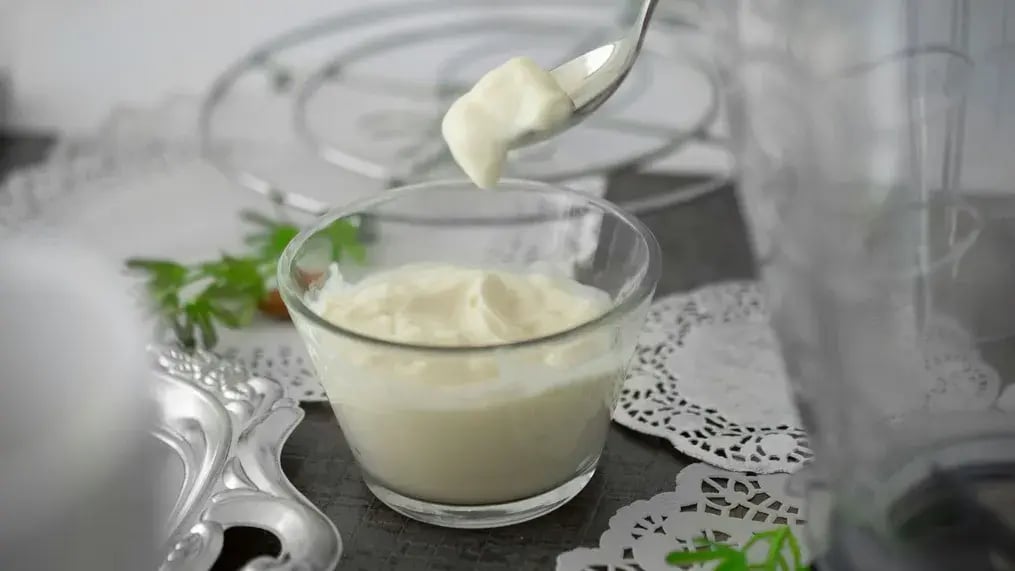
- Buttermilk or yogurt (¼ cup per egg): These add moisture and a slight tang that reacts with baking soda to create lift, making it perfect for cakes and muffins.
- Vinegar and baking Soda (1 tbsp vinegar + ½ tsp baking soda): This combination works by giving a quick rise and light crumb.
- Applesauce or mashed banana (¼ cup per egg): Adds moisture and mild sweetness, and is great for denser bakes like brownies or banana bread.
- Flaxseed or chia seeds (1 tbsp seeds + 3 tbsp water per egg): Ideal for binding in cookies and pancakes, though they can add a slight nuttiness.
Choosing the right substitute depends on the texture and flavor you want, so don’t be afraid to experiment.
Sift the dry ingredients
A simple yet powerful trick for fluffy eggless baking is to sift your dry ingredients, especially the flour and cocoa powder. This helps aerate the ingredients, which lightens the batter. Also, it will remove any lumps that could make the cake heavy. And it will ensure even distribution of leaveners like baking soda and baking powder.
Don't overmix
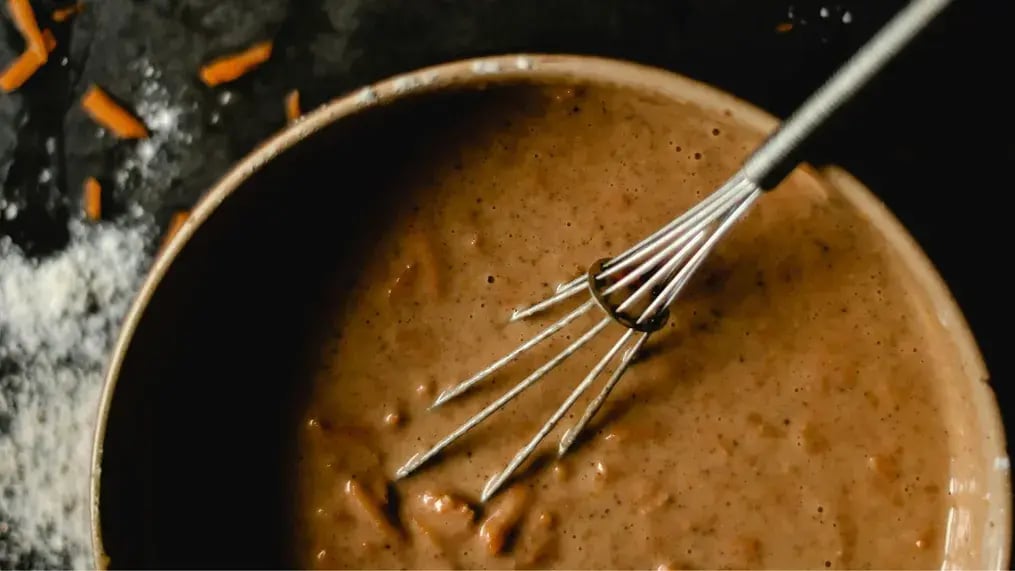
Overmixing can ruin even the best eggless batter. Once you add your dry ingredients to the wet mixture, stir just until combined. Overmixing develops gluten, which makes the final product tough and dense. Use a gentle folding motion, especially if you're working with fruit purees or buttermilk. If your recipe includes vinegar and baking soda, be mindful of how quickly the chemical reaction activates and get the batter into the oven promptly.
Use moisture dense ingredients
Eggless cakes and muffins are at risk of drying out, so it’s essential to build in extra moisture. Here are ingredients that help:
- Oil: Unlike butter, oil stays liquid at room temperature, keeping bakes softer
- Brown sugar: Contains molasses, which draws moisture into the crumb
- Plant-based milks: Almond, soy, and oat milk can add creaminess and hydration
The leavening agents
Since eggs provide leavening, you’ll need to replace that function with baking soda and/or baking powder. A general guideline is that for every cup of flour, use 1 tsp baking powder or ½ tsp baking soda + an acidic ingredient like vinegar or yogurt. But don’t go overboard because too much leavening can cause the cake to rise quickly and then collapse.
The resting time
Letting your batter sit for a few minutes, about 10, before baking allows the ingredients to fully hydrate and air bubbles to develop. This can be especially helpful when using flax eggs or chia eggs, as they thicken and bind better with a short resting period. However, if you’re using baking soda and vinegar, minimize the resting time and get the batter in the oven quickly to take advantage of the chemical reaction for rise.
The baking

Eggless recipes benefit from even, consistent heat. Preheat your oven thoroughly, usually to 350°F or 175°C, and avoid opening the oven door too early. You can also bake slightly longer at a lower temperature to help the batter set gradually and prevent collapse. This is useful for larger cakes or delicate batters with extra moisture.
Like This Article?
More Like This
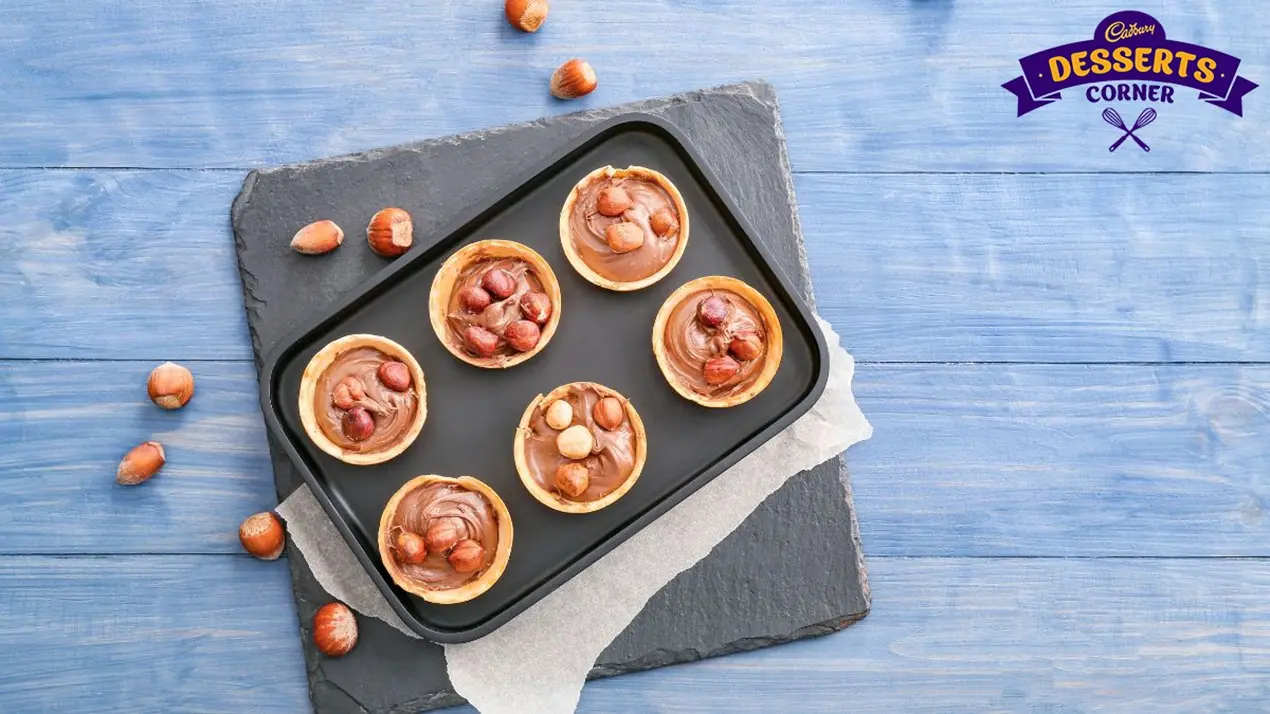
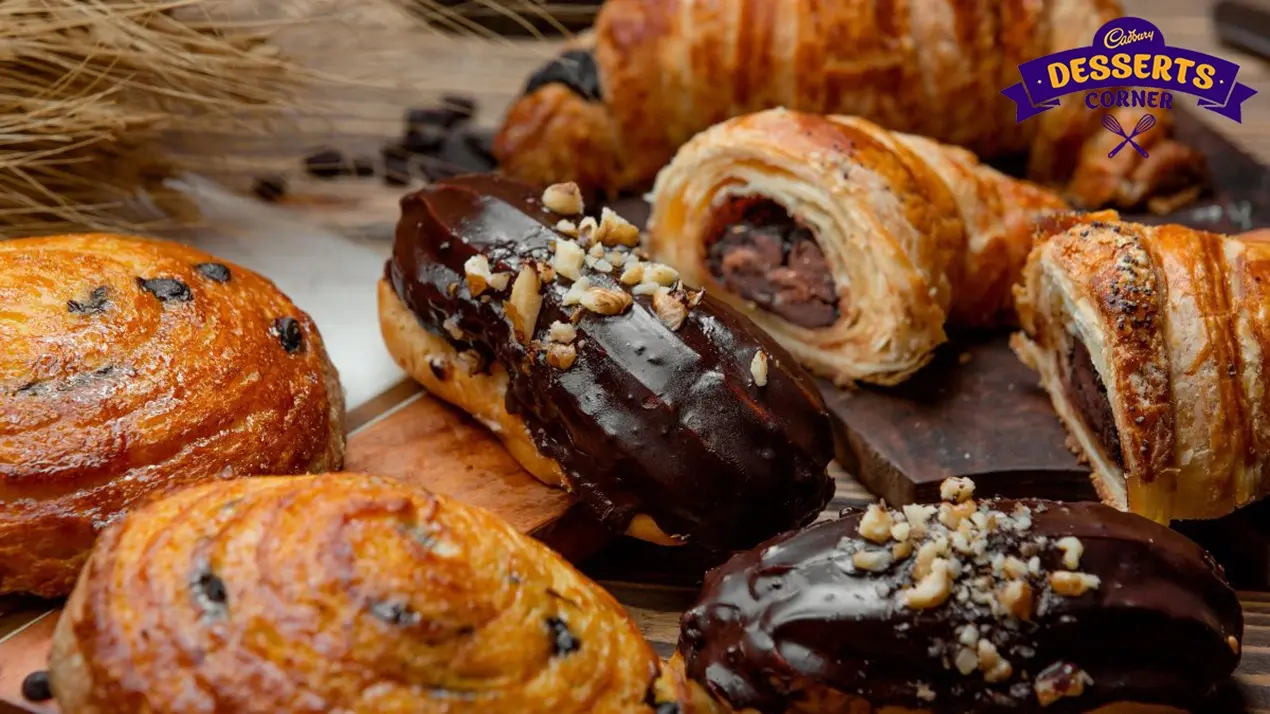

Popular Articles





Trending Web Stories
Curated Recipes



















